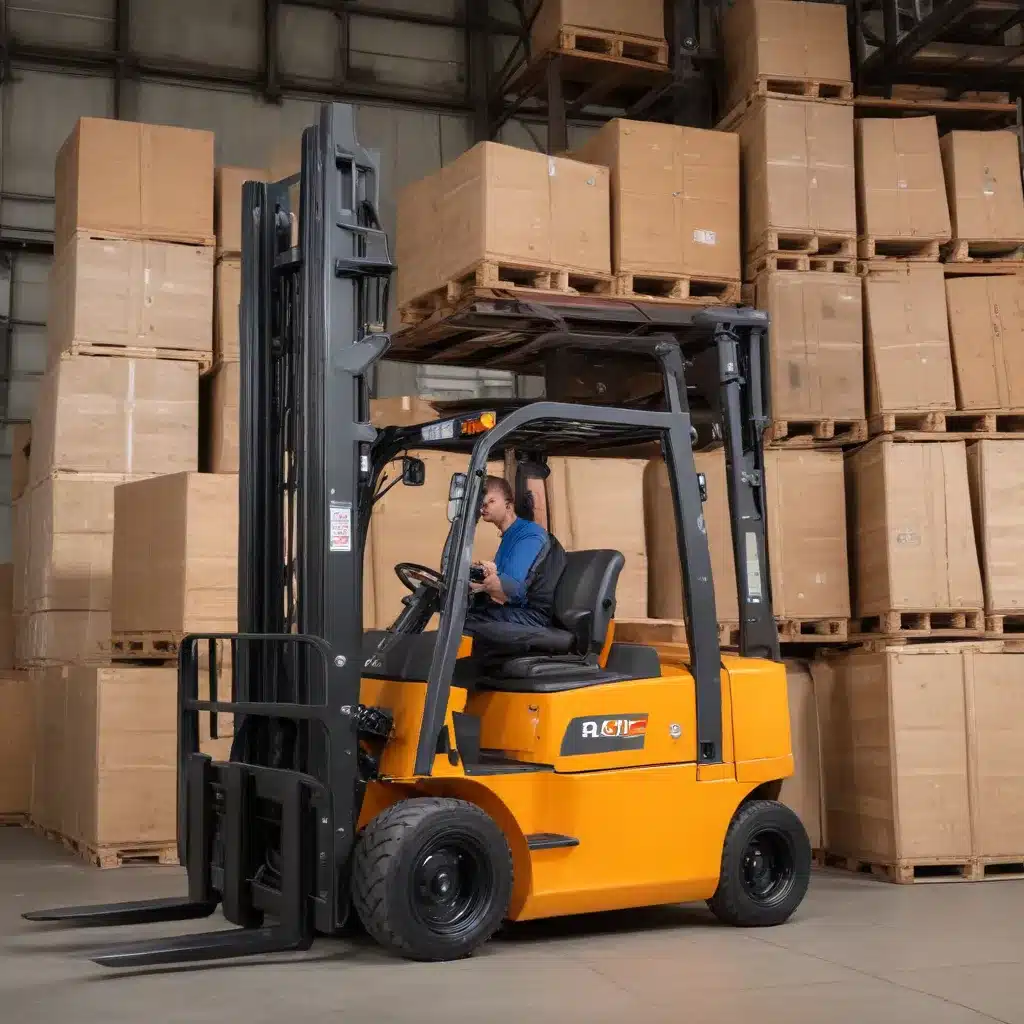
The Evolution of Forklift Attachments: From Basic Accessories to Sophisticated Solutions
Forklifts are the unsung heroes of warehouses, manufacturing facilities, and materials handling operations, playing a vital role in the seamless movement of goods and materials. However, their true potential extends far beyond their standard capabilities. Enter the world of forklift attachments – specialized devices designed to transform these workhorses into versatile, multi-functional tools that can tackle a wide range of tasks.
The history of forklift attachments dates back to the early 20th century, when the first forklifts emerged as a game-changing material handling solution. As industries diversified and evolved, the need for particular tools to address unique challenges grew, leading to the development of a vast array of attachments. From humble beginnings with basic accessories like tine hooks and extension slippers, forklift attachments have evolved into sophisticated, precision-engineered solutions that unlock unparalleled efficiency and versatility.
Unlocking the Power of Forklift Attachments
Today, forklift attachments come in a wide variety of forms, each tailored to specific applications and industries. Let’s explore some of the most common and impactful attachments:
Spreader Beam
The spreader beam attachment is a game-changer for handling lengthy and unwieldy items, such as steel beams or pipes. By evenly distributing the weight of the load, the spreader beam ensures stability and control during transport, making it an indispensable tool for industries like construction and manufacturing.
Tine Hook
Designed for lifting loads with exposed hooks, the tine hook attachment is ideal for handling items like scaffolding, machinery parts, or rolls of cable. The hook provides a secure grip, allowing for precise maneuvering and positioning of these types of materials.
Extension Slippers
These attachments slide onto the forklift’s tines, effectively extending their reach. Whether you’re dealing with extra-long pallets or bulky construction materials, extension slippers enhance the forklift’s versatility, enabling it to tackle a broader range of handling tasks.
Hooks
Forklift hooks are the perfect solution for loads with hanging points, such as crates or boxes with handles. By ensuring a secure grip on these items, hooks prevent accidents and product damage during transport.
Tow Jib
Transforming a forklift into a versatile tow truck, the tow jib attachment is invaluable for towing heavy materials or equipment with ease. This attachment expands the forklift’s capabilities, making it a versatile tool for materials handling in various industries.
Prong Drum Positioner
When your operations involve handling drums of various sizes, the prong drum positioner attachment offers precise drum positioning, crucial for ensuring stability and preventing accidents during transport.
Clamps
Forklift clamps are designed to handle a wide range of materials, from paper rolls and textile bales to crates and containers. By providing a secure grip, these attachments reduce the risk of load shift during transport, enhancing safety and efficiency.
The Impact of Forklift Attachments on Load Capacity
While forklift attachments expand the machine’s functionality, it’s essential to understand their impact on load capacity. Each attachment alters the forklift’s weight-bearing capabilities, requiring careful consideration to ensure safe and efficient operations.
To maintain optimal performance and safety, it’s crucial to calculate the revised load capacity when using a forklift attachment. This process takes into account factors such as the forklift’s overall design, the position and stability of the load on the attachment, and the specific attachment being used.
Overloading a forklift can lead to accidents, equipment damage, and even injuries. By thoroughly understanding the load capacity implications of forklift attachments, operators can execute material handling tasks with confidence, prioritizing the well-being of their workforce and the longevity of their equipment.
Prioritizing Safety with Forklift Attachments
Forklift attachments are invaluable tools, but their use must be accompanied by a strong emphasis on safety. Proper training, regular inspections, and the use of certified attachments are paramount to ensuring the well-being of workers and the smooth operation of material handling processes.
Proper Training
Operators must receive comprehensive training in the safe use of forklift attachments. This ensures they understand how the attachments affect the forklift’s stability and load capacity, equipping them with the knowledge to handle materials efficiently and responsibly.
Regular Inspections
Periodic inspections of forklift attachments are crucial to identify any wear and tear, loose components, or other potential issues. Prompt maintenance and repairs help guarantee the continued safe operation of these specialized devices.
Certified Attachments
Forklift attachments must be certified and compliant with relevant safety standards. Operating with non-certified or substandard attachments can be extremely hazardous, putting workers and equipment at risk.
By prioritizing safety through proper training, regular inspections, and the use of certified attachments, companies can unlock the full potential of forklift attachments while ensuring the well-being of their workforce and the longevity of their equipment.
Unlocking New Possibilities with Forklift Attachments
Forklift attachments are not just tools – they are the key to unlocking new possibilities in materials handling. By transforming forklifts into versatile, multi-functional machines, these specialized devices empower industries to meet the diverse challenges of modern logistics, warehousing, and manufacturing.
Whether you’re handling lengthy beams, maneuvering tight spaces, or efficiently stacking drums, there is a forklift attachment designed to enhance your operations. By understanding the history, types, and safety considerations of these attachments, you can make informed decisions that lead to safer, more efficient material handling practices.
At Forklift Reviews, we are dedicated to providing our readers with the latest insights and practical tips to maximize the potential of their forklift fleets. By exploring the world of forklift attachments, we aim to equip you with the knowledge and tools to revolutionize your material handling processes, driving productivity, safety, and success in your industry.

